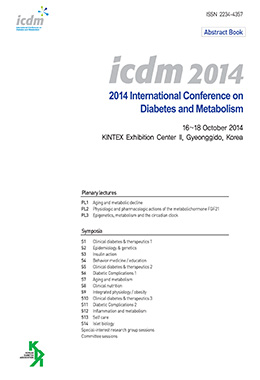Objective: Non-alcoholic fatty liver disease (NAFLD) and abdominal obesity often coexist and act synergistically to increase the risk of developing subclinical atherosclerosis. However, which of NAFLD or abdominal obesity is more related to atherosclerosis than each other. The aim of this study was to determine which is more related with subclinical atherosclerosis assessed by coronary artery calcification (CAC) between NAFLD or abdominal obesity.
Methods: In 21,335 male participants in a health screening program (mean age 41 years), ultrasound measurements of fatty liver and a multi-detector computed tomography for CAC score (CACS) were performed. The presence of CAC was defined by CACS > 0. Subjects were divided into four groups according to the presence of NAFLD and abdominal obesity assessed by waist-hip ratio (WHR) > 0.9: group without either abnormalities, group with only abdominal obesity, group with only NAFLD and group with both abnormalities.
Results: There were 2,385 subjects (11.2%) with CAC. The proportion of subjects with CAC was the highest in abdominal obesity only group (23.2%). After adjustment for age, diabetes history, hypertension, dyslipidemia, cigarette smoking and physical inactivity, the odds ratio (OR) for CAC was the highest in group with both abnormalities. NAFLD only group showed significantly increased OR for CAC compared with abdominal obesity only group [1.492 {95% confidence interval (CI) 1.348~1.652} vs. 1.284 {95% CI 1.150~1.434}].
Conclusion: NAFLD is more closely associated with CAC compared with abdominal obesity assessed by WHR. NAFLD could be assumed to be the independent determinant for subclinical atherosclerosis assessed by CAC.




